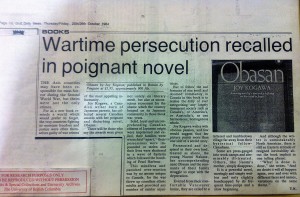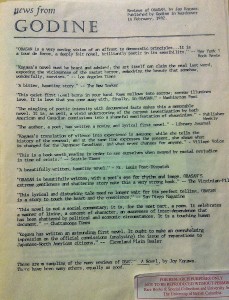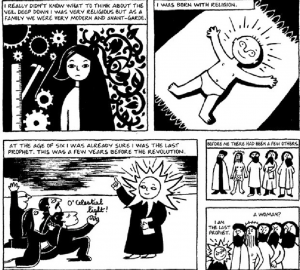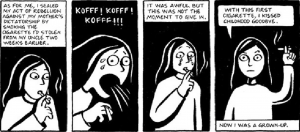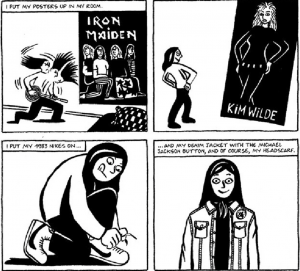Reflections and Narratives of a Global Citizen
Dearest readers,
With April in our midst and the emergence of spring on our incredible campus, so dawns the first chapter of my journey here at the University of British Columbia. Looking back, I could not be more grateful to all of the friends I have made, faculty who have challenged us, and staff who played a pivotal role in making my first year experience so memorable. Let’s be clear, it was not a walk in the park: a lot of soul searching, regrets, long nights, doubts, planning for the future, and the whole nine yards. Engaging in the scholarly discourse of academia has been so eye-opening and I can only agree with Albert Einstein’s sentiment in saying, “The more I learn, the more I realize how much I don’t know”. Being surrounded with brilliant minds and passionate global citizens on a daily basis has changed the way in which I see the world; iron truly sharpens iron. Nonetheless, here we are. We made it.
In exploring terms such as “technologies of memory” (Shahzad, 2011; Sturken, 1997), “interpretive communities” (Shahzad, 2011), “trauma transfer” (Butler, 2011), and “us vs. them” (Bush, 2011) to name a few, we have studied literary texts and scholarly articles from all over the world – hence global citizenship! This blog will look to incorporate many of the themes we have come across this year through the unique lens of racial profiling and mass incarceration in the United States; which also happens to be the topic of my sociology research paper. At its highest climax, the controversy and debate circulating around the practice of racial profiling in law enforcement has become a definitive issue in contemporary world politics.
As it pertains to interpretive communities – “the processes of remembering and learning appear to be distributed among the participants as active agents, technologies of memory and a collectivity of significant ‘others’” (Shahzad, 2011) – the ways in which we understand and formulate our stances on the current social phenomena of profiling and incarceration. Whether the community you engage in is directly linked with the Black Lives Matter movement or you are watching these events unfold from Paris, how much media and types of people you are exposed to with determine your various sets of perspectives. Further, technologies of memory – “media, textbooks, documents, the Internet, museums, monuments, or landscapes” (2011) – play a vital role in shaping the biases we hold and informing us of the events that have gone before us.
Another term we have explored in ASTU 100 is this notion of trauma transfer we have learned from Judith Butler (2011) through the lens of Extremely Loud and Incredibly Close and The Connection of Everyone with Lungs. Looking at narrative framing and the dangers of trauma transfer in our contemporary world is hazardously evident in discourse of #AllLivesMatter. The dangers of engaging in this dialogue play into agency, “slacktivism”, political correctness, and context. Many people do not realize that by saying “all lives matter”, they are engaging in a very long emotional situation that is personal to African-Americans, without any respect or empathy. In an attempt to transfer other peoples’ trauma into our individual agency, we may be harming those around us without even knowing it. Moreover, the rhetoric of us vs. them can be increasingly prominent in decontextualizing ourselves from the past and others.
In a world that is divided by religion, race, and politics, it can be so easy to look at our differences and segregate ourselves from the “others”. The way in which we see our lives as precarious and reliant on each other (Butler, 2009), it quite difficult to look at our world and be proud of what we have all participated in. Where cries of unity, inclusiveness, and solidarity are rising in opposition to fear and hate, there is somewhat of a vulnerability and trust that must acknowledged by us all. Whether this be in terms of racial profiling, mass incarceration, or even turning our attention to the recent attacks on Brussels, life is precious.
As global citizens and in lieu of these events, we all hold the keys to precipitate in change, but must acknowledge the vast contexts that pertain to each phenomena which we engage in.
Sincerely yours,
Nico Jimenez
